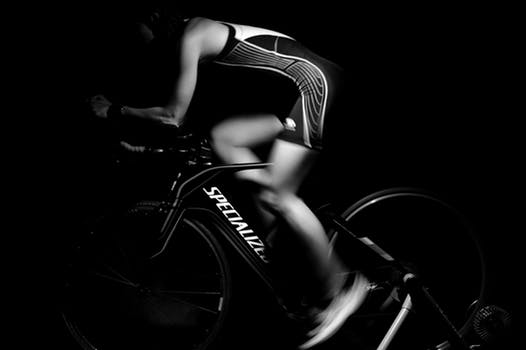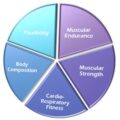
When cycling, different body parts interact with different parts of the bicycle to form a single unit and even the slightest changes have a huge impact on the body and the efficiency of cycling. The primary focus of ergo cycling is to match the bicycle to the human body by implementing a design that fits the anatomical, psychological and physiological capabilities and characteristics of a bicycle rider. This ensures:
-A better distribution of opposing forces and eliminates the need to exert unnecessary force while riding
-That the bicycle is user friendly by eliminating unpleasant pressure points.
-That factors that contribute to discomfort during rides are avoided
-The Misalignments and associated pains are corrected or prevented with ergo cycling techniques.
Ergo cycling has become very beneficial to medicine because they have been found to provide an effective cardiovascular exercise that promotes cardiac health and wellness. A study on the health benefits of cycle ergometer published in the European Review of Ageing and physical activity reported that, it has a positive effect on the improvement of metabolic activity, functional status, cognitive performance, muscle strength and the prevention of cardiovascular diseases. Read: Safety Guidelines For Pedestrians
Ergo Cycling Tips
-Try not to keep the same position on your bike for a long time, turn your head from time to time and let your shoulders have some rest.
-Check your bike’s seat and suspension and tune it to your riding conditions.
– Do not prematurely over-exert during cycling strength training efforts as there is increased risk of over-loading gears and time spent on heavier gearing leading to sore knees, tightening muscles, or other kinds of physiological strain.
-To avoid head pain, adjust your bike’s handlebar position to positions more suited to your height and riding position.
-Build some endurance base fitness before loading up the resistance and working harder to get stronger muscles.
-Taking supplements such as zinc, magnesium and vitamin B6 will boost energy supply to your muscles and prevent pain and fatigue. Read: How Motorcycle Ergonomics Benefits You




